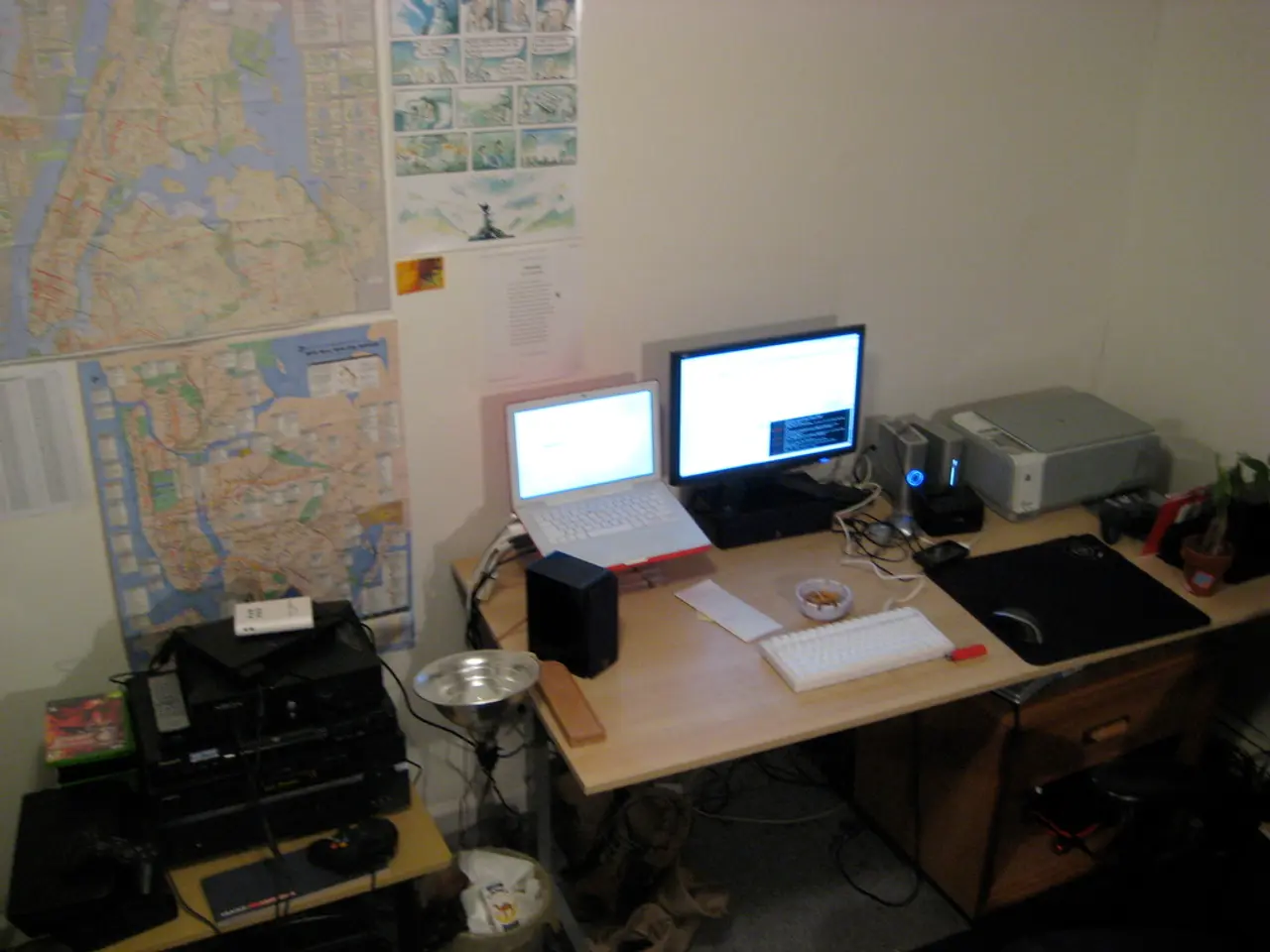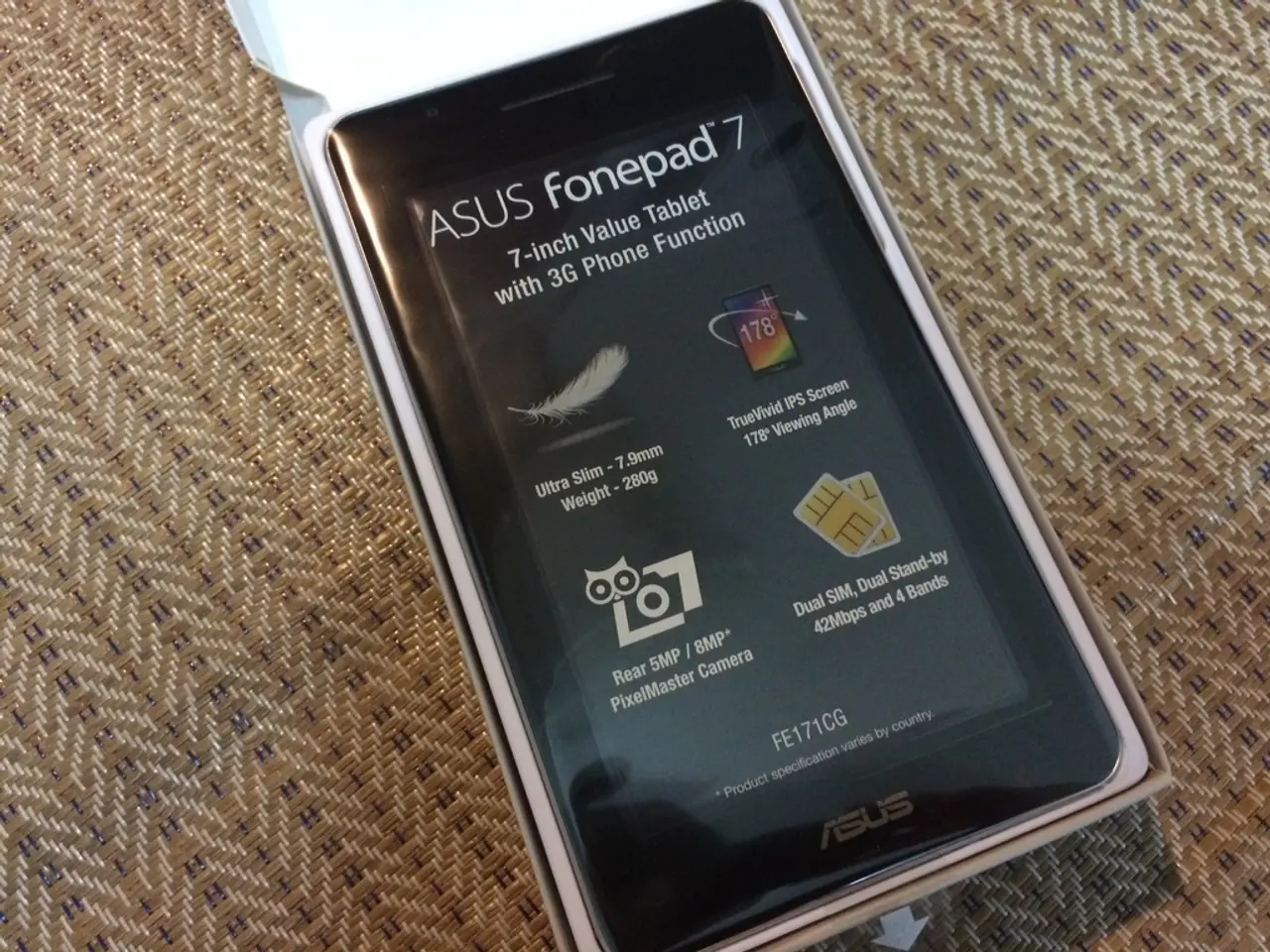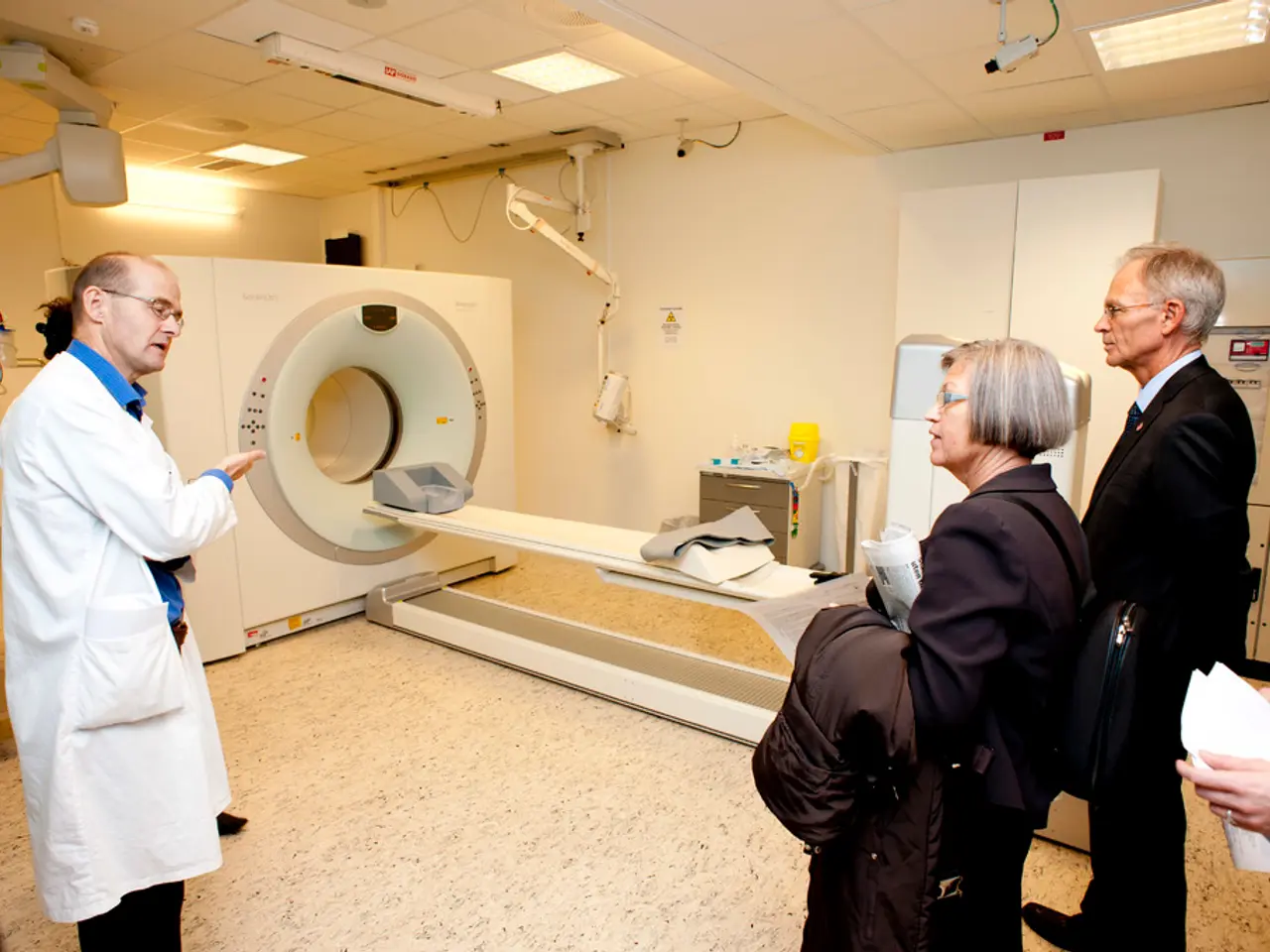Jupiter Systems' Focus on Visual Content: Insights Revealed
In the ever-evolving world of audio-visual (AV) technology, manufacturers are making significant strides in creating high-quality, energy-efficient digital signage displays. This transition is marked by the employment of advanced technologies such as MicroLED Chip on Board (COB), which promises brighter, more energy-efficient displays ideal for dynamic digital signage applications.
One key approach is the use of Direct View LED video walls, as offered by ViewSonic. These video walls come with fully configurable sizes and aspect ratios, providing seamless, bezel-free visuals with reliable surface treatments like GOB (Glass on Board). This design ensures vibrant, uniform images suitable for various environments, from retail spaces to command centres, while maintaining energy efficiency through optimized LED usage.
MicroLED COB technology, another cutting-edge approach, involves densely packing MicroLEDs directly onto a chip. This results in improved pixel density, brightness, and energy efficiency, along with reduced heat output and power consumption. LG is one of the manufacturers showcasing MicroLED displays that leverage this technology for ultra-high brightness and energy-efficient signage solutions.
Modern displays also incorporate System on Chip (SoC) technology, with players directly embedded within screens. This integration removes the need for external media players or PCs, cutting down hardware complexity, power demands, and installation costs. SoC displays, sometimes running on specialized Android versions, enable instant start-up, 24/7 reliability, and reduced energy usage by optimizing power management and streamlining content delivery.
AI-driven features are increasingly integrated with digital signage to improve user interaction, content relevance, and operational efficiency. AI-powered transparent OLED displays function as virtual assistants, using machine learning to reduce operational burdens and tailor user experiences, indirectly contributing to energy efficiency by optimizing display use and content delivery.
Future-ready connectivity and control are also essential components of advanced digital signage solutions. Support for USB-C power and control, Android OS, and multiple input/output options enable flexible deployment and energy-saving by enabling efficient content management and reducing idle power states.
Jupiter Systems is among the manufacturers offering a wide range of display products that help end-users invest in energy-efficient solutions without sacrificing performance. As the digital signage display sector experiences a significant shift towards energy-efficient products, manufacturers are challenged to produce high-quality hardware that is energy-efficient. The solution lies in creating a win-win scenario for both end-users and the environment.
These displays, highly visible to the general public and often used for public advertisements, shopping mall window displays, and building-sized video walls, are subject to public scrutiny regarding energy usage. Advanced technologies like MicroLED COB can provide better performance, higher luminosity with lower energy consumption, and cooler installations, making them a promising solution for the future of digital signage.
- ViewSonic's Direct View LED video walls, with their fully configurable sizes and bezel-free visuals, are ideal for various business environments, as they promise vibrant, uniform images while maintaining energy efficiency through optimized LED usage.
- LG showcases MicroLED displays that utilize MicroLED COB technology, offering ultra-high brightness and energy-efficient signage solutions, making them suitable for dynamic digital signage applications.
- The integration of System on Chip (SoC) technology into modern displays removes external media players or PCs, cutting down on hardware complexity, power demands, and installation costs, while also allowing for reduced energy usage through optimized power management and efficient content delivery.




